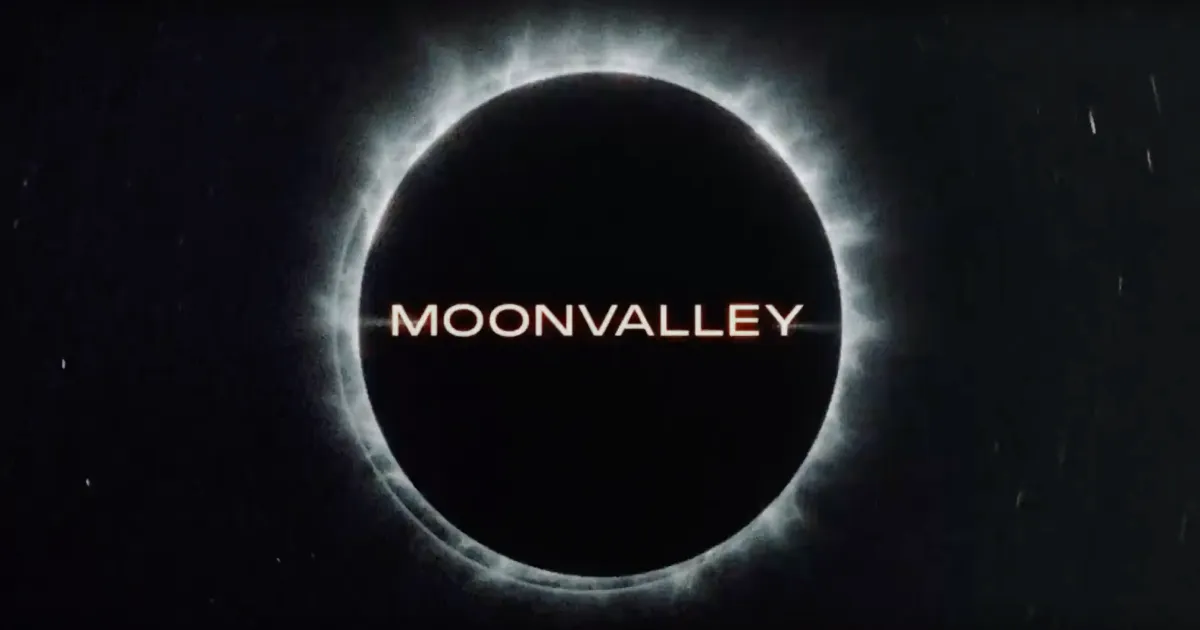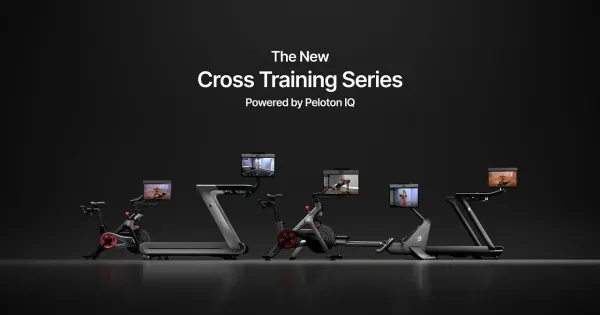Moonvalley launches ethical AI video model for filmmakers

In the fast-evolving landscape of AI-generated video, Los Angeles-based startup Moonvalley is taking a different approach. The company believes that making a movie is about more than just typing a clever prompt. On Tuesday, Moonvalley publicly released its “3D-aware” video generation model, Marey, offering what it calls a “hybrid filmmaking” approach designed to give creators more control over their productions.
Marey first launched in beta in March 2025 and is now available via a subscription model. Pricing starts at $14.99 for 100 credits, with larger packages costing up to $149.99 for 1,000 credits. Each generation produces clips of up to five seconds—typical for the industry today.
Built for Filmmakers, Not Just Hobbyists
Unlike some other AI video generators, Marey was trained entirely on openly licensed data. This is a key selling point for Moonvalley’s target audience: filmmakers looking to avoid copyright pitfalls that could arise from using models trained on unlicensed media.
Independent filmmaker Ángel Manuel Soto, known for his work on HBO's Menudo: Forever Young, says Marey levels the playing field. Growing up in Puerto Rico, Soto says filmmaking often required begging for permission and scraping together thousands of dollars to rent equipment. Now, with tools like Marey, filmmakers from underrepresented regions and backgrounds can create on their own terms.
“AI gives you the ability to do it on your own terms without having to say no to your dreams because someone refused to finance it,” Soto said. According to him, Marey has helped cut his production costs by 20% to 40%.
A Hybrid Approach to AI Video
Moonvalley co-founder and CEO Naeem Talukdar describes Marey as a tool that bridges pre-production and post-production workflows. In a demonstration, Talukdar showed how users can adjust camera angles after a video is generated, control character and object motion, and fine-tune scene composition. He highlighted Marey's ability to simulate physical environments in a way that respects natural motion and forces—similar to advanced models like Google’s Veo 3 and OpenAI’s Sora.
For example, Marey can take a video of a bison sprinting through grasslands and seamlessly swap the animal for a Cadillac, complete with realistic environmental reactions like dust clouds and swaying grass.
One of Marey's standout features is free camera motion. Users can dynamically shift the perspective of a generated video—zooming, panning, or simulating handheld movement—all controlled via a simple mouse drag. Talukdar even demonstrated near-360-degree camera sweeps.
Another useful tool for filmmakers is the ability to swap backgrounds and rework scene details. A motorcycle scene on a suburban street can be transformed into a country highway with a different bike and costume, all while preserving the rider’s realistic movements.
Competing in a Crowded Market
Moonvalley’s release of Marey puts it head-to-head with other AI video platforms like Runway Gen-3, Luma Dream Machine, Pika, and Haiper. But Talukdar believes Moonvalley’s focus on filmmakers and its physically-aware, editable videos give it a distinct advantage.
In the coming months, Moonvalley plans to expand Marey’s capabilities further, adding new controls for lighting, advanced object physics, and a library of reusable characters.
As the generative video space heats up, Moonvalley’s bet is clear: the future of AI filmmaking lies in tools that give creators not just inspiration, but control.





